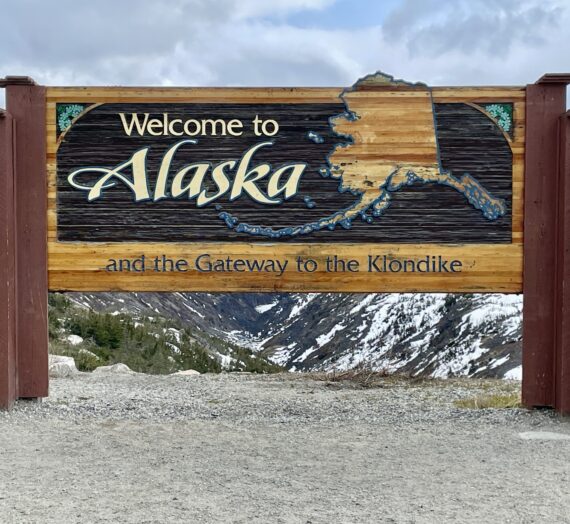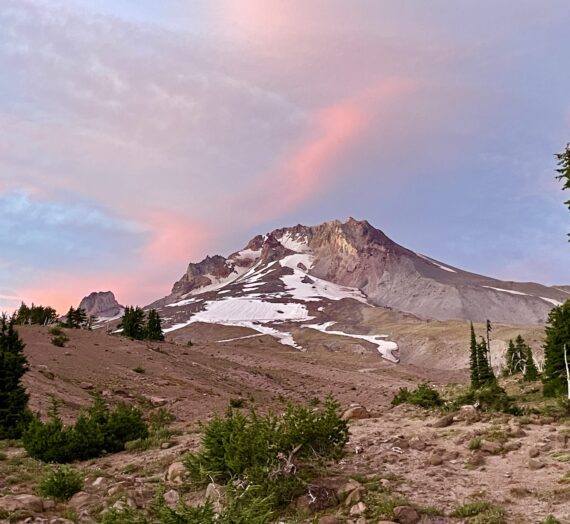While scouring maps and Facebook posts in my PCT research, certain names took hold in my imagination. Places like Hikertown and Tahachapi are iconic to the trail and I’ve been literally walking hundreds of miles, waiting to finally experience their lore.
In early June, during an intense desert heat wave and wind event, I was able to experience both.
Hikertown is a very odd property adjacent to the trail. The best I can understand, it is owned by an old movie buff who has built buildings in an old-west fashion as if to be back-drops on set. Some of the buildings are piled with junk while others house a bed and are rented out as cabins to trail hikers. They also offer mail services, and phone recharging stations. All of this is important to us, but the real need for this location is to get out of the ferocious wind which plagues this valley.


On the day we arrived, it was impossible to pitch a tent in the gusts, so my friend Wazzu and I shared the Doctor’s cabin; he took the mattress and I took the floor. We were glad for the shelter.


The other reason why Hikertown’s location is important is because immediately after, the trail begins a long, hot trajectory along the LA Aqueduct and out across a corner of the Mojave Desert.
To tackle this section, us hikers have discussed and strategized for weeks about when to walk. Most people choose to set off across the desert at night, walking all night by headlamp, moonlight or glow-sticks that some have been carrying for this special occasion. Sometimes the road walk turns into a big party. I, however, am worthless at night so Wazzu and I chose to get up at 3:30 am and hike the bulk of it in the cool of the morning.








After several hours of walking, we left the pipeline and LA’s water supply behind, and entered the world of LA’s energy resource: wind.



All that morning, and the next, and the next, we walked through several enormous wind farms tucked into the mountains and valleys of this windy region. It was really fun to sleep under these gentle giants with their soft swish and mechanical murmurs turning on, off, and blinking their red lights through the night.





After climbing up and over the Tahachapi Mountains we entered another area with windmills as far as we could see. A sign explained that this is the Tahachapi Wind Resource Area and it is made up of five separate wind farms encompassing over 800 square miles with 3400 windmills. Engineers have been reimagining wind power in this area since the 1980’s and the expanse of their work is incredible.
The heat and the wind are incredible, too.








Hamburger Helper
I will likely be at Walker Pass at about noon on June 27, enroute to Lone Pine and Independence. It would be fun to meet you again. Wife and I will be hiking out of Onion Valley to Kearsage Pass on June 29.